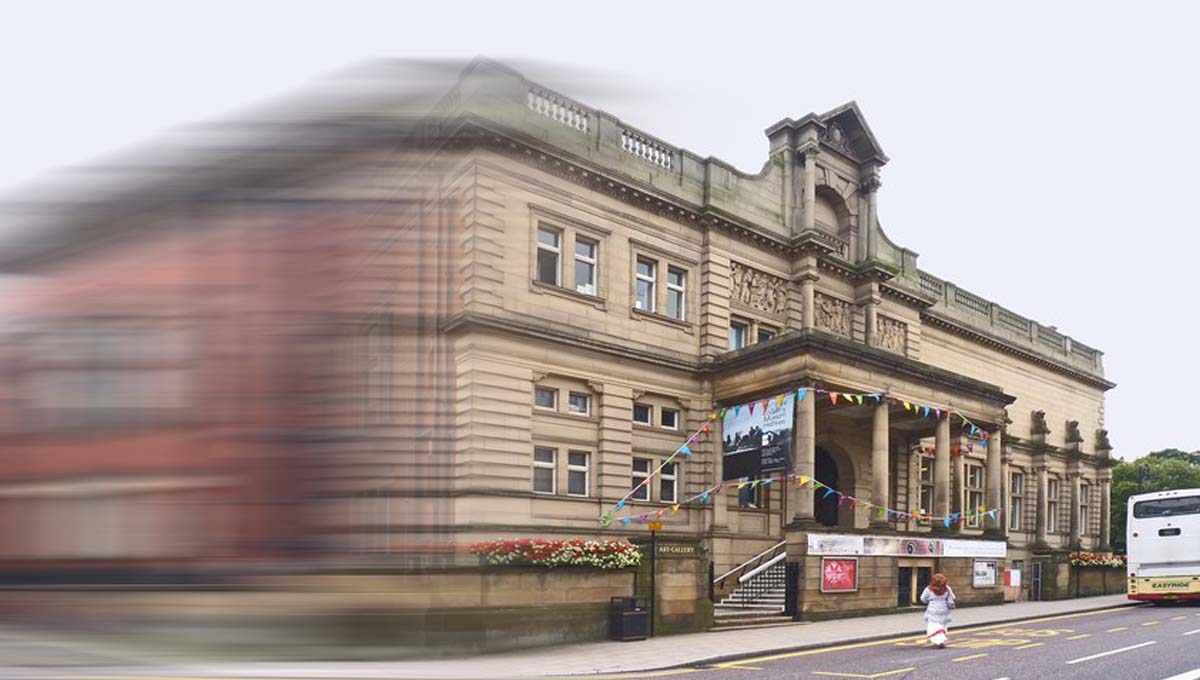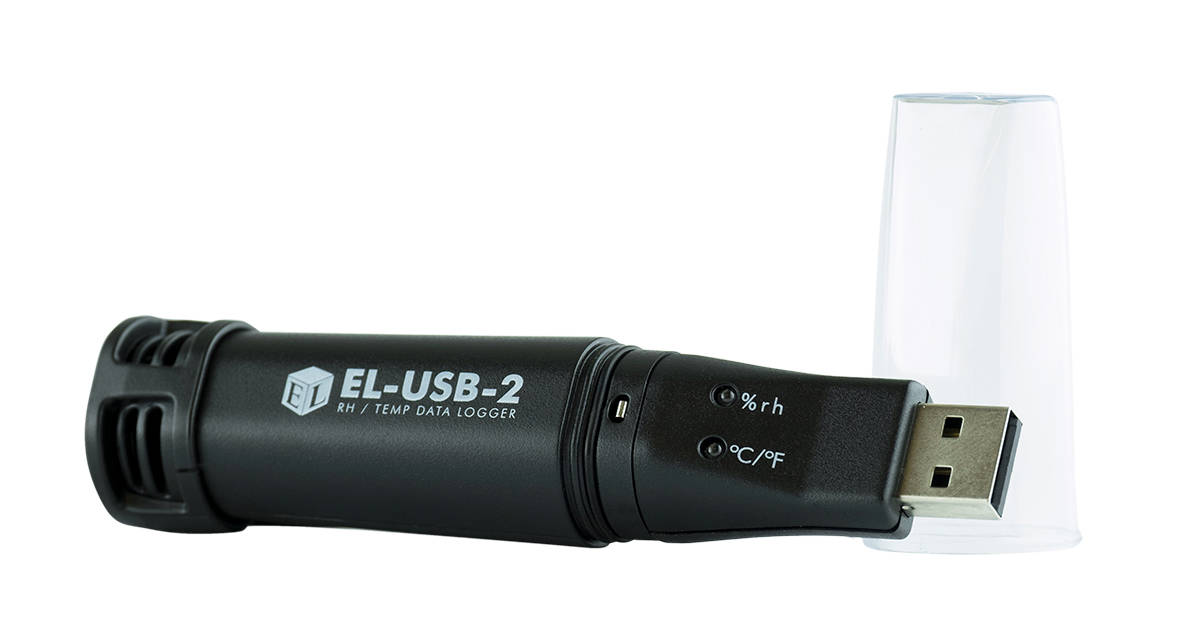Using Lascar’s temperature and humidity loggers
The Bury Art Gallery was first opened in Bury in 1901. A magnificent Edwardian structure, the building was designed specifically to house an extensive art collection left to the town by local industrialist Thomas Wrigley including works by renowned painters, Turner and Constable.

In 1907, the collection was extended again with the opening of a museum on the same site and nearly a hundred years later, in 2005, a major refurbishment and the relocation of Bury’s Archive Services to the building gave the museum the opportunity to broaden access to its collections even further.
Today, Bury Art Gallery, Museum and Archive provides the people of the town and visitors to the area with a unique snapshot of the city’s social and historical identity through its vast collection of art, local artefacts and document archives.

Alison Green, Museum Assistant, recognizes the importance the museum plays in recording Bury’s changing personality. One of her roles at the museum includes the actual physical preservation of all the exhibits. “It’s taken over a hundred years to build up this collection and its value, historically and socially, is enormous.”
“It’s very important we monitor the environment in which the collections are housed. Exposure to extremes of heat, cold, aridity or humidity can cause textiles, canvas, wood and other materials to quickly deteriorate.”
But taking simple readings from each room is not always the answer explains Alison. “Individual display cases have a different environment to the room they sit in. Our two storage facilities and the gallery are different again. And the perfect environment for a one hundred year old painting might be different than the ideal environment for a fifty year old army uniform.”
A search on the internet turned up a product by Lascar Electronics – a data logger – designed to measure and record both temperature and humidity over a specified period of time. “This is a great product”, says Alison. “I can simply plug it into my computer’s USB port, give it a name, set some alarms and choose a sampling rate – in our case once a minute.”

“When it’s programmed, it’s small enough that I can pop it back into a case without it taking over the display and away it goes measuring temperature and humidity levels. When the logger is full of data or I see an alarm level has been reached because its red alarm light is flashing, I take it back to the computer and download all the recordings to see what environment our exhibits have been exposed to.”
“It’s not just in the best interest of the exhibits – we’re a publicly funded organization and we have to actually prove we’re looking after everything in the museum.”
Since the building’s refurbishment in 2005, its physical environment has changed. While obvious shifts occur between the winter and summer months, changes to the physical structure of the building and the greater number of people inside the museum at any one time has caused fluctuation in temperature and humidity levels. “We’ve always measured these parameters,” explains Alison.
“Before finding the USB logger, we used chart recorders exclusively. They’re bulky and pretty expensive but they are accurate. Knowing that we were seeing some changes in the museum’s atmosphere, it was very important any replacement was just as accurate.”
With the change in focus from art gallery and museum to integrated gallery, museum and archives – and its new found popularity as a regional study resource, the importance of the museum as a cultural center is growing – as well as its responsibilities in preserving its historical assets.
Alison is pleased that Lascar’s USB logger is working well for them. “We are a small, regional museum and like most museums we certainly don’t have a large pot to dip into for things like data loggers.”
“While we don’t have as many as I’d like yet, they do an excellent job in a very important aspect of our work. A museum is its exhibits – and their preservation will make sure we are around for the next hundred years.”



